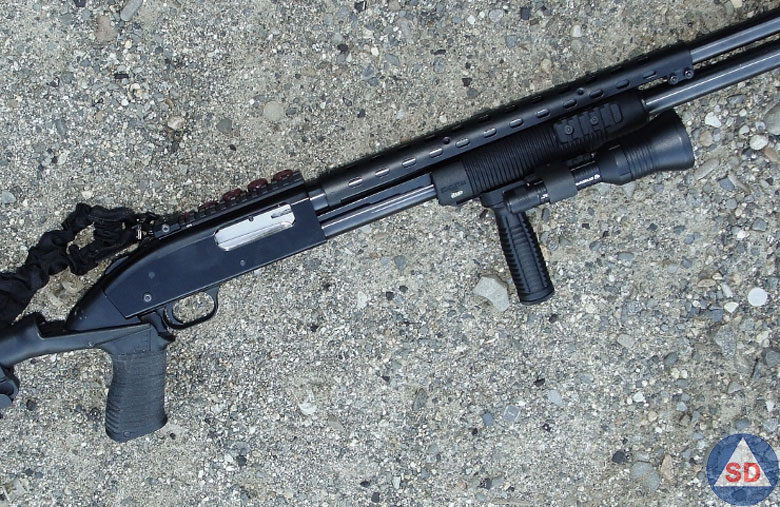
Short-barreled shotguns have long been a hotly debated topic in firearm circles and legislative halls. Are they legal to own? What length?
As horrible as the recent Nashville school shooting was, things could’ve been much worse if not for the decisive actions of a few obviously well-trained police officers. Their tactics were textbook and, judging by their equipment, it’s safe to assume Nashville PD is staffed with knowledgeable firearms cadre. Beyond a handgun and obligatory AR-15, clearly visible in the body-cam footage was a shotgun.
This still-useful tool is considered passé in many circles, but it can still be a viable choice. Worth noting, the police shotgun itself was by no means overly “tactical.” Actually, it appeared to be similar to a series of pump guns employed by my agency with short, NFA-length barrels. Which takes us to the National Firearms Act.
Legal Length of Short-Barreled Shotguns
Although “shorter” barrels are generally preferred for maneuverability, there is a legal limit, governed by strict federal regulations. Per National Firearms Act (NFA) standards, the stipulated minimum barrel length for a shotgun is 18 inches. Those with shoulder stocks and shorter barrels can be legally possessed but are classified as NFA “short barrel” firearms. Owning short-barreled shotguns (SBS) requires federal registration, substantial red tape, and the $200 expense for a special stamp.
For sporting purposes (wingshooting, etc.), a shotgun with a 24-inch barrel would be considered relatively short. A defensive gun of this length would be considered a bit long.
It’s important to note a few other federal regulations here pertaining to shotguns. First, the overall length must also be at least 26 inches. Second is the federal definition of “shotgun” itself:
The term “Shotgun” means a weapon designed or redesigned, made or remade, and intended to be fired from the shoulder, and designed or redesigned and made or remade to use the energy of the explosive in a fixed shotgun shell to fire through a smooth bore either a number of ball shot or a single projectile for each single pull of the trigger.
https://www.atf.gov/firearms/firearms-guides-importation-verification-firearms-national-firearms-act-definitions-firearm
A Few Short-Barreled Shotguns
Until recently, if you wanted to avoid the federal stamp process, a simpler and less costly alternative was a shotgun fitted with a barrel of just 18 inches. Some ditch the shoulder stock for a pistol grip (legal in most states) but the appearance of an “other” class of shotguns was a gamechanger.
Mossberg Model 590 Shockwave
Mossberg’s 14-inch barreled Model 590 Shockwave was specifically marketed to squeak into this non-NFA category.

The elimination of a shoulder stock, when combined with an overall length in excess of 26-inches, created a legal end-around to federal regulations. Again, the definition of “shotgun” includes the words “…intended to be fired from the shoulder…”
In essence, due to the absence of a practical means to fire it from the shoulder, the Shockwave circumvents the technical description of a short-barrel shotgun. Its “stock” – for want of a better description – is a permanently affixed banana-shaped “pistol grip.”
However, most would not consider the resulting configuration to be a “pistol” due to its impractically large size and weight. True one-handed shooting is out as is any sort of conventional shoulder mount. Thus, for the time being at least, the Mossberg Shockwave (and similar designs from competing manufacturers) falls into an “other” classification. As such, this 14-inch gun can be purchased in most locales via the standard Form 4473 process. Another option is an 18 ½-inch version, sold to address localized regulations or concerns.
KelTec KSG
What about the recent genre of tactical-looking shotguns like KelTec’s KSG? They present a serious appearance, and their twin magazine tubes hold lots of shells – plenty of firepower stuffed into a relatively compact gun. But they’re not SB firearms. Their barrels hit the 18-inch mark. Their short overall dimensions are actually the result of a “bullpup” design (see photo).
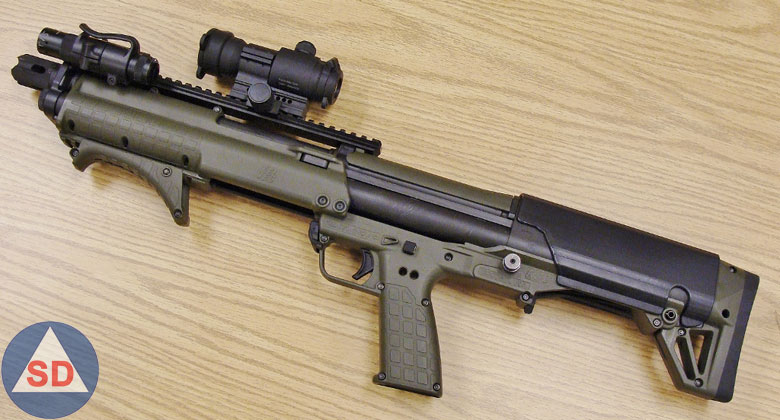
Worth noting, the shotgun evident in the bodycam footage wasn’t either of the above. It appeared to have a short barrel, but was equipped with a shoulder stock – which would put it squarely into NFA territory. These SBS variants, done right, maintain maneuverability and are still quite shootable. They also provide much better recoil control for effective follow-up shots. Perceptions to the contrary, it’s easy to miss with a shotgun – especially within typical defensive distances where shot patterns can be fist-sized.
Other Options
But does one actually “need” short-barreled shotguns? So far, the emphasis has been on defense. However, many shotgunners may be thinking about subsistence hunting, sporting uses, or even all of the above. If so, practical compromises exist.

Defensive Options
For what it’s worth, I have some experience in this field. For many years, a cornerstone of my LE firearms training unit was its shotgun program, grounded in a multi-day “basic shotgun” school. Because we focused heavily on competency, “qualification” involved much more than ventilating paper men.
Instead, the majority of the targets were either moving or reactive steel silhouettes, engaged per strict time standards. The ongoing activity provided ample opportunity to explore the full gamut of shotgun technologies – from stalwart pumps to the latest Ninja-type blasters, evaluated to fractions of a second against our unforgiving shot timers.
Conclusion: Short shotguns can be useful – to a point. Which leads us to several options.
Shockwave Systems
Soon after this oddball version appeared, two prominent gun writers gave one a try during a televised outdoor channel segment. The target, set at close range, received a marginal hit despite extra time spent indexing its muzzle via a tentative modified hip-shooting position. Could’ve been some outtakes, too. Anyhow, the result came as no surprise, based on experience with similar systems and techniques.
In any case, Mossberg’s design now extends to other makes, to include a few autoloading versions. Some see use for specialized security purposes, but the majority are probably purchased for home defense. Their “shortness” seems like a good fit for a darkened hallway, camper or boat, but effective hits require practice, possibly accompanied by a concussive report and flash – a concern in low light.
Overall length of the 14” Mossberg is a hair above 26-inches. Remington’s similar TAC-14 disappeared for a while but, apparently, it has returned along with their TAC-13 semiauto.
Pistol-Grip Variants
Same general comments, per above. I used one extensively for several years (actually an NFA version) equipped with dual pistol grips. Adding a second grip to the forend spread the recoil between both hands and improved control, but it was really only reliably effective in extremely tight spaces, mostly involving a vehicle – and this was with lots of practice. One of our tactical operators was a real prodigy though.
I watched in amazement as he shattered 20-yard crossing claybirds with a similarly configured 18 ½” Mossberg version – a true but rare natural! The vast majority of us will benefit from a repeatable eye-to-target reference point. And that’s best provided by a shoulder stock.
KSG & S&W “Bullpup” Designs
Several years ago we (my agency) procured a bunch of KelTec KSGs, exclusively for the use of specialty “less lethal” kinetic and flash-bang loads.
Their twin selectable magazine tubes permitted segregation of these loads, but operationally, the guns are really in a league of their own. True competency requires serious commitment to training. Also, due to their inline design, some type of aiming system is required (like a dot sight). They’re not the liveliest shotguns either; “pig on a shovel” comes to mind. Still, for some, they could be the answer. Overall length of an 18 ½” KSG is only 26-inches – about the same as a 14” Shockwave.
So far, I haven’t tried the similar S&W M&P-12 which, if loaded with the latest short “mini-shells, is advertised to provide 22 shots! But don’t expect to encounter one on a regulation skeet field or upland bird hunt. Those targets require a more intuitive “pointer.”
Short NFA Shotguns
Personally, I’d rather shoot a shotgun as it was originally intended, via fast pointing (instead of deliberate aiming). It’s a highly effective technique for the engagement of dynamic targets – assuming the gun can support placement of the shooter’s eye directly above the barrel. That’s largely dependent on its stock, which is the key to a solid and repeatable cheek-weld. A lively gun helps, too, hence, the following…
Like many other agencies, our large inventory of LE-type shotguns – Remington Model 870 “Police” 12 gauge pumps – eventually saw less use, as the result of our transition to AR-15s. But instead of mothballing the entire collection (of 21” rifle-sighted versions), we sent a dozen to Wilson Combat’s Scattergun Technologies for a makeover. Upon their return, they were configured as extremely handy NFA 14-inch short-barreled shotguns; nearly dead-ringers for the gun appearing on their website:

No problems hitting a variety of targets with these handy, solid-stocked 34” pumps; not the best choice for claybirds although straightaways were easy. Ghost ring sights and side-saddle shell holders were part of the package which was manageable in tight spaces. The downside: This transformation required a trip through the federal NFA/SBS process.
Conventional Alternatives
Add four more inches (okay, 4 ½” just to be safe), and you can nail a still-useful shotgun. The latest AR-type telescoping stocks convey coolness and can be adjusted to various lengths, but I’ll stick with a conventional stock (perhaps shortened a bit). Here’s why: If the gun shoots where you’re looking, shots can be delivered with blistering speed. Your eye serves as the rear sight. Assuming the stock fits, by acquiring a solid cheek weld, fast well-centered hits are possible in any light.
Starting from a “high ready” (butt in the ribcage area) at defensive distances, a trained shooter can deliver an effective first shot within a half-second. Control is also greatly improved, and function becomes more reliable with a solid gun mount. From its receiver rearward, a gun that fits this description has a lot in common with a sporting shotgun.

An 18 ½” version of the custom Wilson, or equivalent factory-produced Remington M-870, has an overall length of 38 ½ inches, when fitted with a standard stock (14” LOP) and 4-shot magazine. Remington also lists a gussied up but highly practical 18 ½” “Model 870 Tactical”, equipped with a ghost ring sight system and extended 6-shot magazine.
If capacity is a main concern Mossberg’s Model 590s are worth a serious look. Beyond standard 2 ¾” and 3” loads they’re function with ultra-short 1 ¾” mini shells. The 20” extended magazine version will accept 13 of the Minis!
Aftermarket magazine extensions offer another means to boost capacity. Sustained loading strategies are also effective (with, or without one), and can feed many tubular designs. There are different shotgun shell holders also worth considering.
Sporting Shotguns
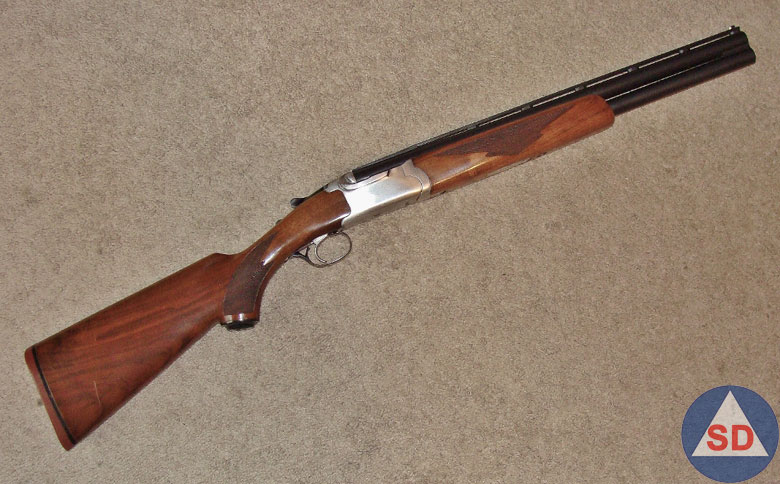
Shorter guns are by no means limited to defense. Most slug or turkey guns are designed to be aimed (like rifles) and many feature barrels in the 20 to 24” range. Go too short though and ballistics can suffer, while noise and flash may increase. Also, for use on aerial targets (the primary domain of the shotgun), whippy short-barreled guns are just harder to shoot well. For this reason, most sporting shotguns are equipped with 26 to 30-inch barrels (28” being popular). Many can also be reconfigured for defensive purposes through the simple installation of a shorter barrel.
Dual-Role Shotguns
When our combat shotgun program was in full swing, I purchased a gas-operated 24-inch Beretta Model 1301 “Competition” autoloader, primarily to blister reactive steel plates, zippy movers and claybirds. As it turned out, it handled so well that it was enlisted for some sporting roles.
At the moment its extended magazine has been removed in preparation for our upcoming spring turkey season (with an extra-full choke-tube installed). Because the accessories are on hand to mount a light, it would also make a dandy home defense gun.
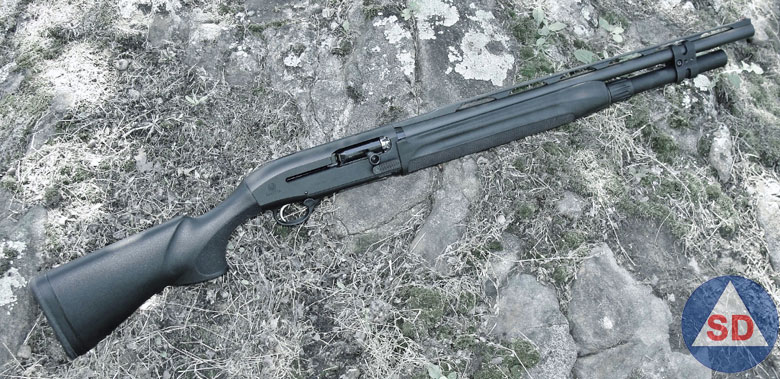
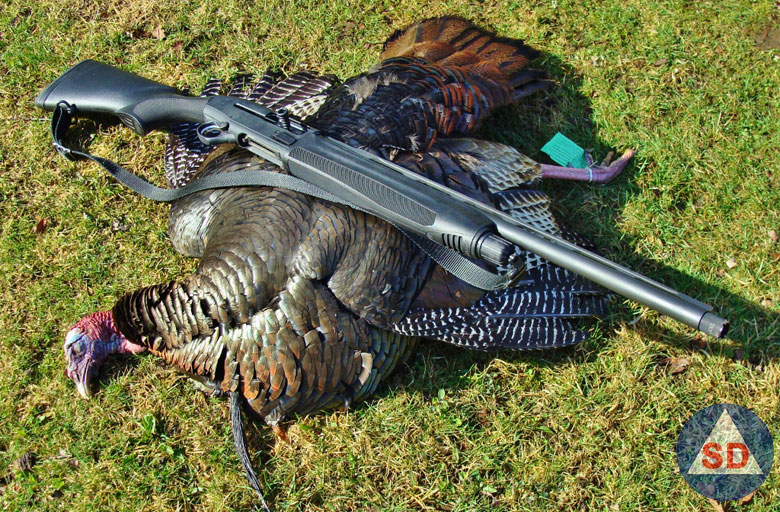
That said, a basic pump would work as well (and be less picky about its diet). For many, the more practical choice could be a Mossberg or Remington M-870 with two barrels; a short “slug” version and easily exchanged 26-28-inch bird barrel. Or, use one as a foundation to build your own customized creation, as covered in this article.
Parting Shots
Whatever the choice, the short-barreled shotguns must be manageable. Their suitability begins with the ability to deliver effective shots, but other key concerns are complexity and relationship to training, also weight – especially during prolonged defensive positions. This extends to hi-cap models, which gain a lot more weight when fully loaded. By contrast, the handiest minimalist designs have less mass, but transmit more recoil to the shooter.
But, contrary to popular belief, most short barrels don’t spread patterns by any appreciable degree. Their greater downside is disruptive muzzle blast and flash, especially with warm-to-magnum shot loads (or slugs). Best to try a few in low light. You may be in for quite a show! The proximity of the support hand to the muzzle also presents a hazard – the reason Mossberg’s Shockwave is equipped with a forend strap.

Personally, I prefer a defensive shotgun that handles more like a sporting gun, stocked to provide an intuitive gun mount. But my son’s hell on just about everything with his short pistol-gripped Benelli M-4 autoloader, equipped with a small dot sight. Read my article on shotgun red dots for more information on that topic!
Different strokes for different folks (quite literally with a pump). For more about the diverse field of shotguns and ammunition, here’s a link to Shotguns: A Comprehensive Guide.
- Markwith, Steve (Author)
- English (Publication Language)
- 190 Pages - 11/27/2014 (Publication Date) - PrepperPress.com (Publisher)

